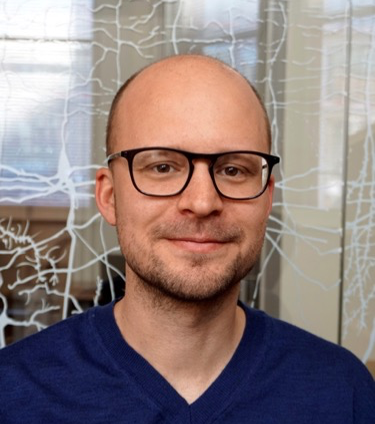Abstract
Cell Rep. 2025 Jun 11;44(6):115801. doi: 10.1016/j.celrep.2025.115801. Online ahead of print.
ABSTRACT
The amyloid precursor protein (APP) family is ubiquitously expressed in the mammalian brain and implicated in Alzheimer's disease. APP family proteins participate in synaptic function and their absence impairs cognition. However, how these proteins regulate neural circuits and influence brain-behavior relationships remains unknown. Using in vivo two-photon Ca2+-imaging and Neuropixels, we show that APP family knockout (KO) in excitatory neocortical and hippocampal neurons suppresses neuronal dynamics across behavioral states, and results in an increased proportion of low-activity and silent neurons. Further, APP family KO leads to a reduction in synapses expressing the requisite N-methyl-D-aspartate receptor (NMDAR) subunit GluN1, with pharmacological enhancement of NMDAR function normalizing aberrant dynamics in low-activity neurons and rectifying behavioral impairments. Suppressing NMDAR function in control mice replicates the functional phenotype observed in APP family KOs. Our findings indicate a physiological role for the APP family in regulating and sustaining spontaneous neuronal activity in cortico-hippocampal circuits in vivo.
PMID:40512617 | DOI:10.1016/j.celrep.2025.115801
UK DRI Authors

